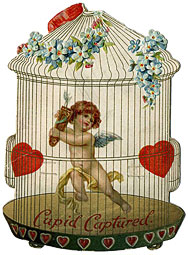Fan with Cupid Cover (side view)
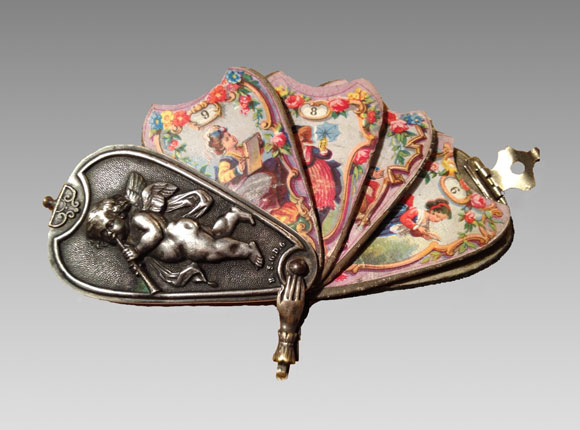
Variation 1 in nickel-silver - needle case front and interior (photograph from eBay)

Variation 1 in nickel-silver - needle case back with bee (photograph from eBay)
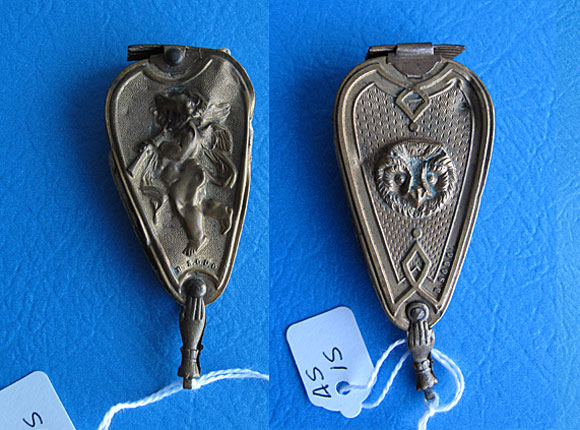
Variation 2 in brass with owl head on back (photographs courtesy of Bunny's Place)
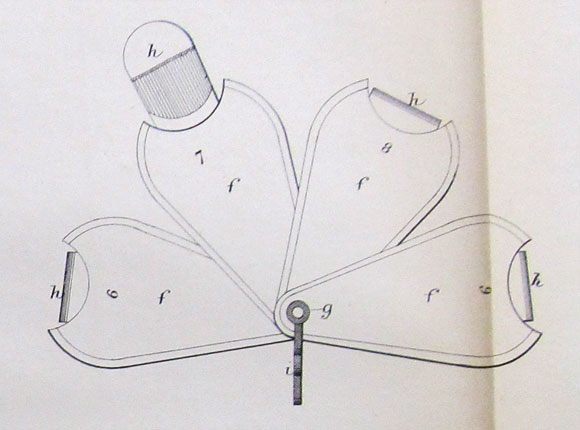
Patent
Design Details
Needle Case Type: |
Figural (patent doesn’t specify cover design) |
Patent/Registered to: |
Henry Milward & Sons – Redditch (provisional registered to Theodore Givry, Paris) |
Patent/Design Representation #: |
Mechanical Patent: #8 (Provisional: #1808 registered December 19, 1867) |
Patent/Design Registration Date: |
January 1, 1868 |
Location of Patent/Design Registration: |
Mechanical Patent - British Library - Business and Intellectual Property Centre - London
Provisional - The National Archives (TNA) - Kew, UK |
Reference #: |
TNA Representation - BT 46/6/1808
TNA Register - BT 48/2 |
Dimensions: |
3.4 x 0.8 x 7.5
|
Material: |
Brass
Nickel-silver |
Name Variations: |
Unmarked |
Other Variations: |
a) Fan with Bee and Dog Head Cover
b) Fan with Cupid Cover (front view)
c) Fan with Lady with Fan Cover
d) Fan with Rose Cover
e) Fan with Swan Cover |
Additional Photographs
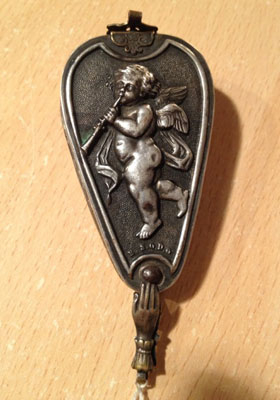
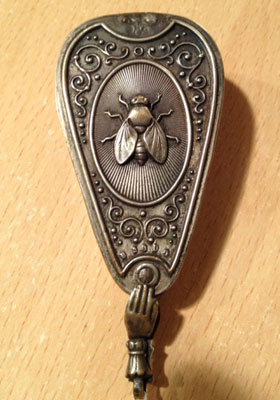
Front cover with cupid and back cover with bee in nickel-silver
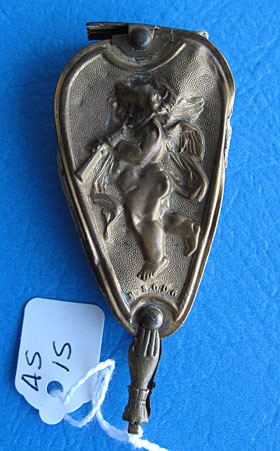
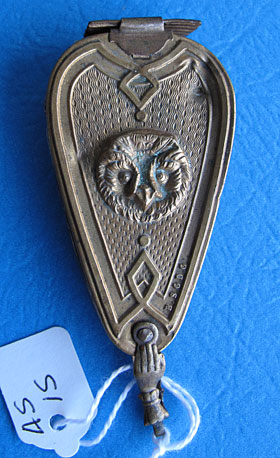
Front cover with cupid and back cover with owl head in brass (photographs courtesy of Bunny's Place)
Facts
The fan is a device used to create a current of air. Prior to electricity and air conditioning, fans were used to keep people
cool. Highly decorated hand fans, like the one shown below, were commonplace in the Victorian Era. They were usually semi-circular
in shape and consisted of a thin material such as paper or feathers mounted on slats that could be closed when not in use. Click on the
fan below to see an larger version of it.
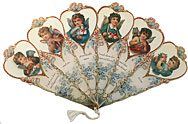
History
Cupid dates to the ancient Roman period when he was the mythological god of love. Although his Classical Greek counterpart, Eros,
was a slender winged young man, the Romans depicted Cupid as a cubby boy with wings and a bow and arrow. According to mythology anyone
shot with Cupid’s arrow immediately fell in love. The famous Italian Renaissance painter Raphael included the cupid shown below in one
of his frescos completed in 1514.
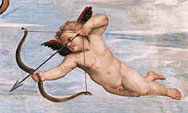
Miscellaneous
One reason images of cupid became common during the Victorian Period was because of the popularity of Valentine’s Day cards. Although
written valentine greetings first appeared in 15th century, they increased tenfold during the Victorian Era because of advances in color
printing and the introduction of the “penny post” which made it easy and inexpensive to mail them.
